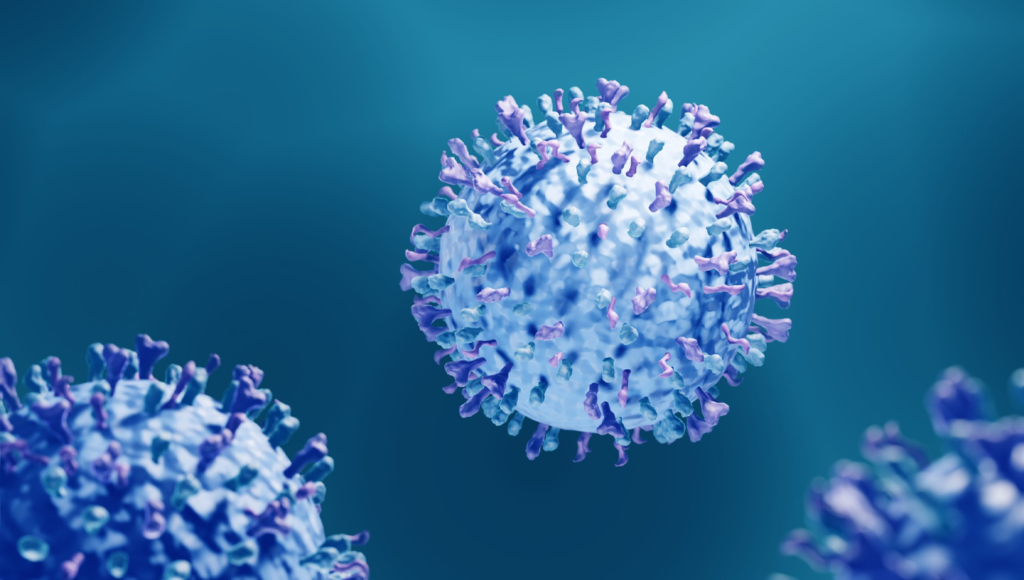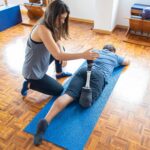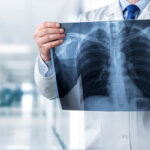Along with the flu, which has come on strong this year, and COVID, which is still swimming through the general population, people are now having to face a new, stronger RSV infection. RSV infections are respiratory syncytial viral infections that pose a genuine risk to the long-term health of all, but especially that of children, infants, and those with weakened immune systems.
Why is it So Dangerous
RSVs are usually at their height around spring, so few were ready for this new strain of RSV to spread so quickly. It began to show in late fall/ early winter and has only managed to grow since then. It has symptoms incredibly similar to that of the flu or even a common cold when it first shows, so people do not always act fast enough to isolate themselves or seek proper medical treatment as they believe it is not particularly harmful.
Due to this common misconception, this year’s RSV has continued to spread through daycares and nurseries, putting the patients with the highest risk right at the forefront. With this sharp and unexpected increase in severe cases, beds are filling up in children’s hospitals across the country.
How to Protect Yourself and Your Family
While it is something that is being worked on, there is no vaccine for RSVs at this time. With that in mind, the best thing you can do for yourself and your family is to be alert and prepared. Children saying they are sick or showing flu-like symptoms should be taken seriously. In any case, have them stay home from school or daycare to prevent possibly infecting other children. Then, have them take a COVID test in order to either confirm a diagnosis or rule it out.
If it is not COVID, the next best thing is to watch for other symptoms. The flu and RSV infections share quite a few symptoms, so keep track of when they appear and, if they become severe, go to your local children’s hospital.
Symptoms to look out for include:
- Fevers
- Chills
- Headaches
- Cough
- Muscle soreness
- Fatigue
- Vomiting
- Diarrhea
- Shortness of breath
- Runny nose
- Sore throat
In severe cases of RSV, you might see:
- Fever
- Severe cough
- Wheezing — a high-pitched noise that’s usually heard on breathing out (exhaling)
- Rapid breathing or difficulty breathing — the person may prefer to sit up rather than lie down
- Bluish color of the skin due to lack of oxygen (cyanosis)
If you see these symptoms, act on them. Being proactive is the best way to keep yourself, your family, and your communities safe.
If you are looking for the opportunity to help from a medical standpoint, check out our job board here or send us an updated resume here. We’ll connect you with a specialized recruiter and help you find the opportunity where you can do the most good.











